Media | Articles
Meet Goldfisch, BMW skunkworks’ V-16 sedan
The 1980s were a time of excess, when Thatcherism pushed for a free market, greed was good (in some eyes), power suits hung off padded shoulders, lunches lasted long into the nigh, and car phones and Filofax were the ultimate accessories to perch on a wine-bar counter.
Against this backdrop stood BMW, ruled by engineers who usually got their way. Leading the development of powertrains for the German car marker was a Dr. Karlheinz Lange, and the good doctor was not content for BMW to merely rub shoulders with its V-12-powered competitors at the top of the luxury saloon car market. Dr. Lange wanted a new engine that would be as much a status symbol as any ski chalet, sailing yacht, or Eurocopter—a V-16.
The trouble was that nobody else at BMW was asking our doctor friend to create a 16-cylinder engine. Herr Lange was nothing if not resourceful, so he approached Adolf Fischer, one of BMW’s seasoned engineers. The duo conspired to build an experimental 7 Series, the likes of which had never been seen before. To this day, it ranks as one of the most extreme demonstrations of skunkworks engineering at BMW.
Fischer had previously spearheaded the development of the M70-generation BMW V-12 engines found in the 1987–94 (E32) 750i and 1990–99 (E31) 850i models. To fulfill Dr. Lange’s fantasy, though, the German brand’s flagship twelve-cylinder engine simply wasn’t going to cut it.
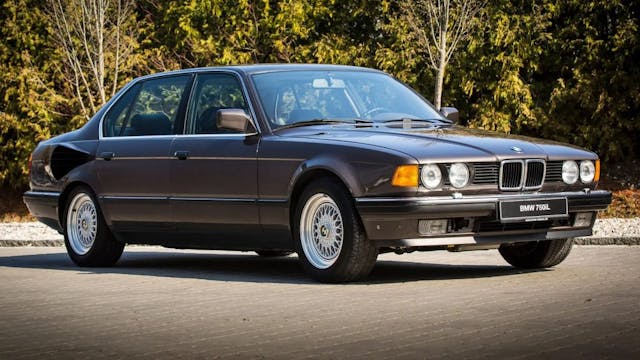
In July 1987, Lange asked that an all-new flagship engine be developed at double-quick speed. Fischer answered the request by saying: “The engine will be under the Xmas tree.” To satisfy the brief, Fischer set about creating a new, all-conquering powertrain which would go on to be codenamed “Goldfisch” (Goldfish), given the crude appearance of the eventual running prototype.
Marketplace
Buy and sell classics with confidence
Using the design of the existing M70 5.0-liter V-12 as a base, two additional cylinders were added to each bank, creating a V-16. The new engine retained the 60-degree V design from its smaller sibling, receiving a new, extended cylinder-block casting using aluminum silicon, along with new heads fitted with a single chain-driven camshaft. The displacement was increased to 6651 cc (6.7 liters), and the new engine measured in at nearly 30 cm longer than the V-12 on which it was based.
Thanks to this significant increase in displacement, the Goldfisch V-16 produced 402 hp. While this may not sound like a huge figure by modern standards, remember this was in 1987, a time when BMW’s most powerful V-12 produced a paltry 296.
Once development of the engine was completed early the following year, it was fitted into the nose of an E32-gen 750iL. To accommodate the larger dimensions of the V-16, the car’s cooling system had to be re-engineered by mounting the radiator in the boot. To keep it cool, a straightforward approach was adopted with the addition of a large pair of gill-like air intakes—hence the “Goldfisch” nickname—to the car’s rear quarter panels to channel air directly to the radiator, along with a full-width air vent beneath the boot lid to expel hot air.
To complete the drivetrain, a six-speed manual, shared with the 8 Series, was fitted to get all of the power to the rear wheels. Yes, not only did the Goldfisch hide a vast V-16 engine under its bonnet, but it also got a hint of driver appeal with a manual gearbox.
At the time, the development of a V-16 powertrain was a feat unmatched by Audi and Mercedes. Germany’s trio of powerhouse premium brands were trying to outdo each other with ever-increasing levels of lavish luxury and excessive engineering. So a V-16 producing 402 hp would have left BMW’s nearest rivals trailing. Audi’s best effort at the time was its V-8-powered Typ 4C saloon, which could only muster 247 hp from its 3.6-liter engine. Mercedes wouldn’t launch its 402-hp M120 6.0-liter V12 engine until the start of the next decade, with the W140-generation S-Class in 1991.

Of course, for all the excitement that must have surrounded the project, the V-16 engine was never intended for production. While BMW did commence testing of the powertrain in May 1988, the official line from the company states that “the engine was never intended for use in a series vehicle,” making it a demonstration of what was possible rather than the future direction of its powertrains.
Just a few short years later, though, BMW’s quest for V-16 power was rendered redundant. In 1992, the arrival of the flagship 850CSi introduced a new 5.6-liter S70B56 V12 engine. It produced 381 hp, a power figure close to that of Goldfisch’s larger V-16 in a format that required no costly reengineering to fit in the nose of the E31 8 Series coupe.
While an über V-16-powered 7 Series with a manual gearbox sounds like an all-conquering Autobahn express, the reality for Dr. Langer and his colleague Fischer was that there was no chance of it ever making production in that generation of 7-Series.
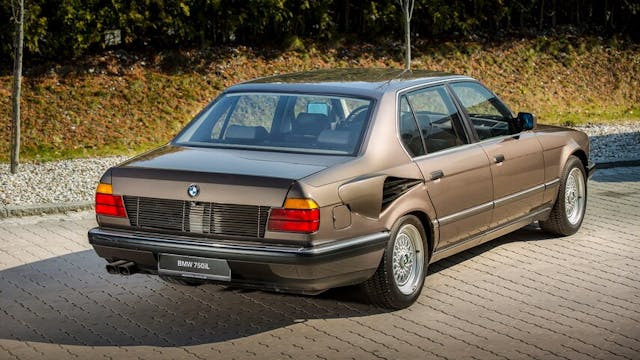
Due to its increased size, the V-16 wouldn’t fit in the sedan’s platform without substantial engineering changes, something that could never be justified given the tiny potential market for such a profligate car. After all, at autobahn speeds, it’s reported that the V-16’s fuel economy would have been in the region of 9 mpg. Then there’s the potential cost …
If a V-16-powered “767iL” had made it into showrooms, its price tag would have surpassed the £57,100 (equivalent to ~$180,600 today) cost of the regular 750iL by an eye-watering margin, limiting its appeal to all but the wealthiest buyers.
After this brief exploration of what was potentially possible with a V-16 powertrain, Dr. Lange realized that the BMW board was content with its flagship V-12 engine and any subsequent evolution. Sure enough, it would go on to morph into the 600-hp twin-turbocharged monster we know today. The V-16 remained a pet project.
And as for the 750iL Goldfisch? It now resides in the BMW Classic collection, an example of what happens when engineers are given a free rein during one of the most hedonistic eras of recent times.
Check out the Hagerty Media homepage so you don’t miss a single story, or better yet, bookmark it.

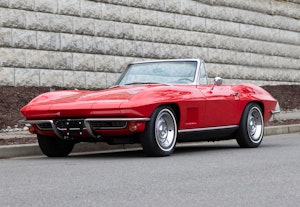

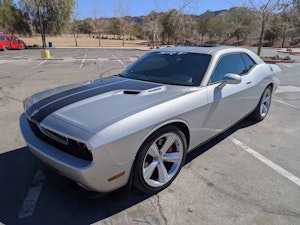
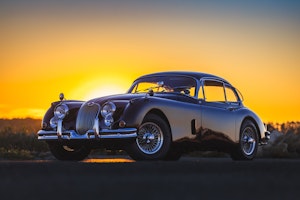




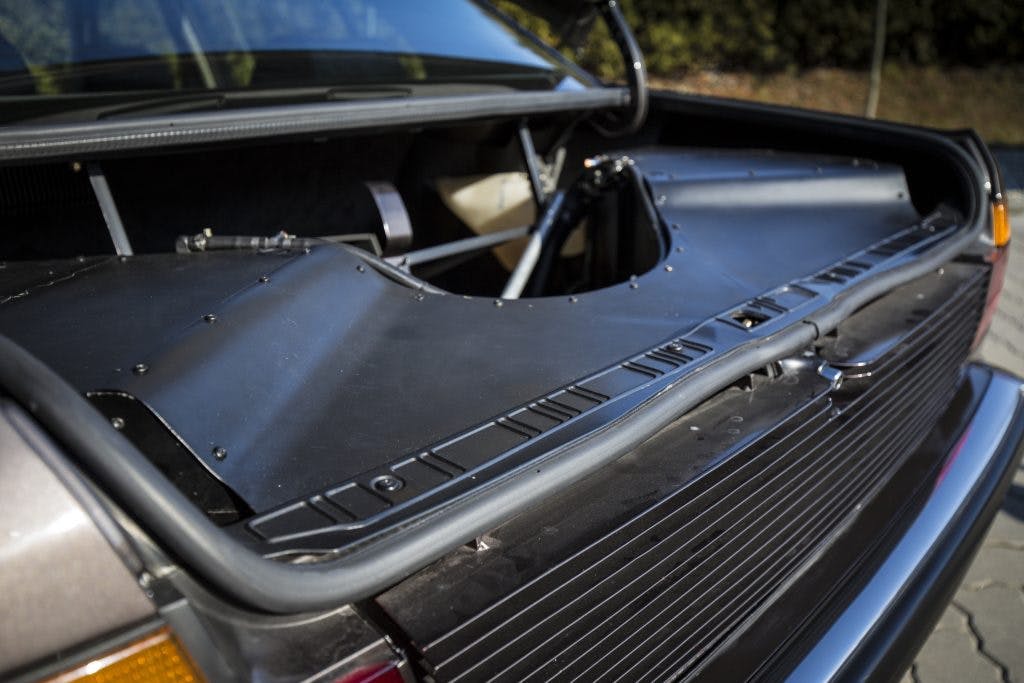
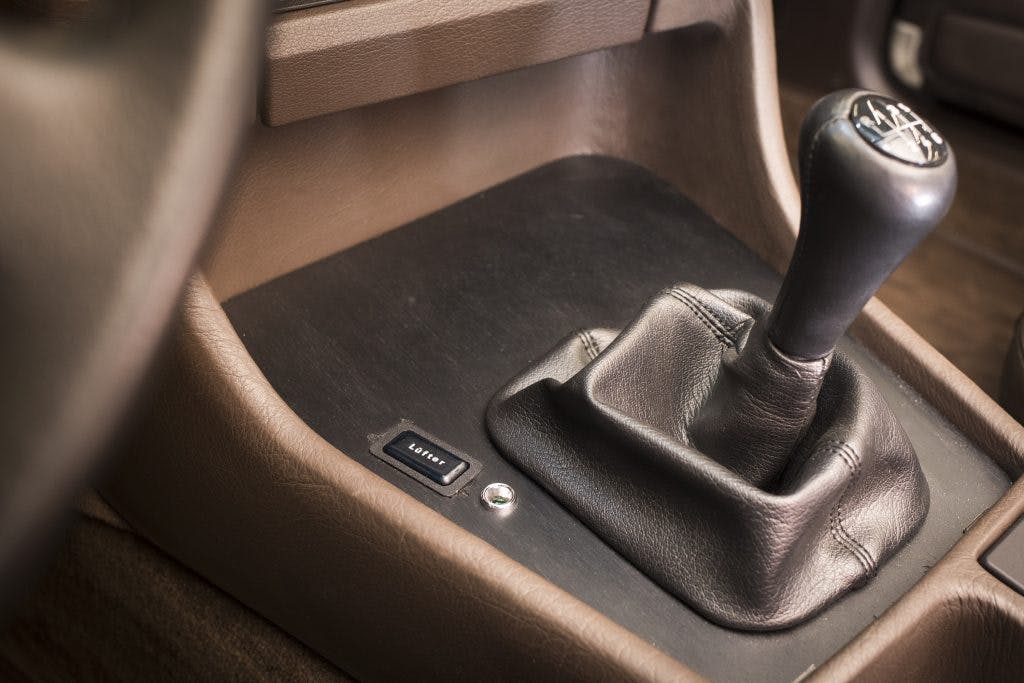
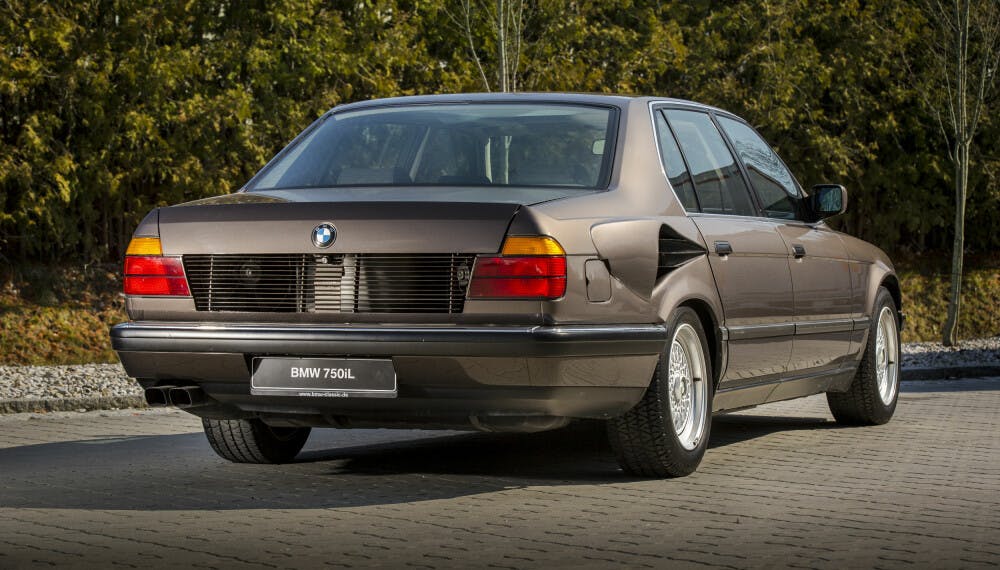








What an odd-ball. The vented and scooped rear end is very weird to see on a “sedan”. It pretty much lost the sedan functionality.
It is amazing how dismal 80s horsepower ratings were – it took 16 cylinders to hit 400 hp… If you are a car enthusiast however you have to admire the attempt
I like the car and I like those times. Money was rolling in and everyone had a hot tub in their home. Lots of foot tickling going on and not necessarily with your own wife. Then the kids came along and afterwards the divorce. The long sad faces at work and the cheery nerd that drove a Toyota was smiling. We do it to ourselves. And “Greed” is NOT good.
In 1985 I was driving from Munich to Kaufburen to meet a customer. I saw a small sign outside a warehouse that said, BMW Motorsports Gmbh. Being quite early, I stopped. Inside, I found the shop where the guys were building M5’s by hand. Engines were being handbuilt by some really cool guys who were most happy to tell me everything they were doing. 5 Series cars were delivered from the Munich factory to this small shop without any suspension, engine, transmission or differentials. The guys in the shop took over from there, building cars to order (mostly for Middle Eastern buyers). Interiors were hand constructed as were the entire drivetrain. At the time, I was active with the Everglades chapter of the BMW Car Club. It was great fun to bring back pictures of this “skunkworks”…it was one of my most serendipitous drives ever.
Very cool engineering exercise!
But it looks like the rear was designed by Chuck Barris.
The Gong Show host?